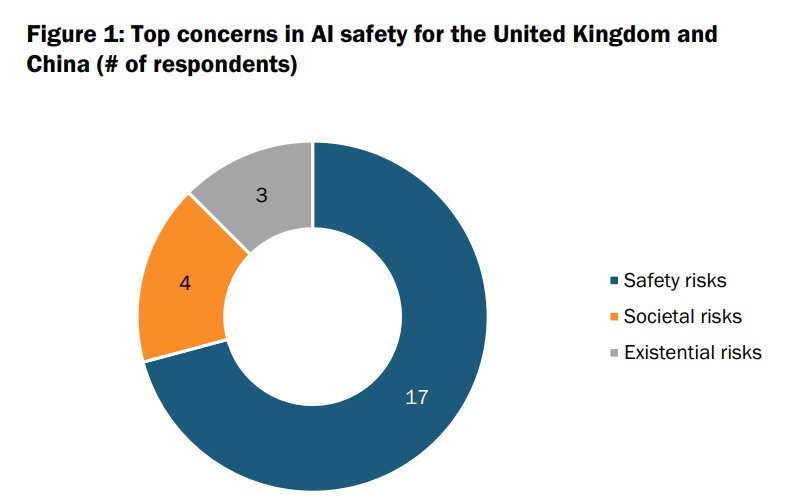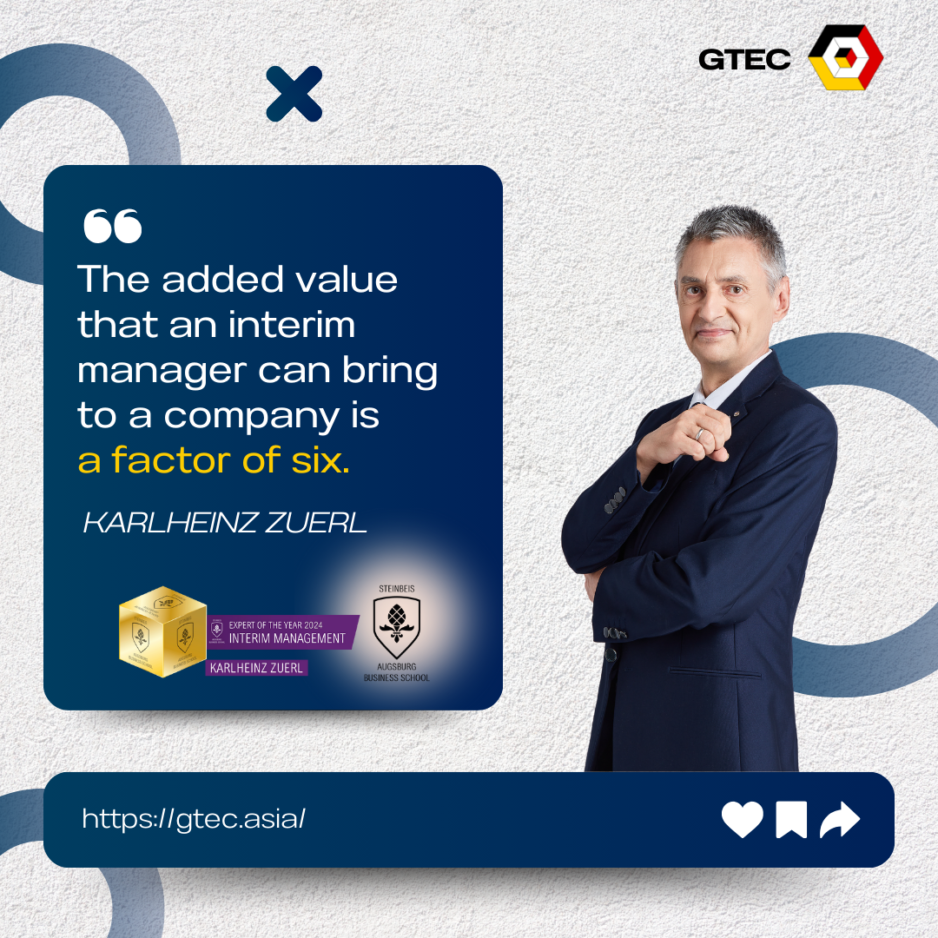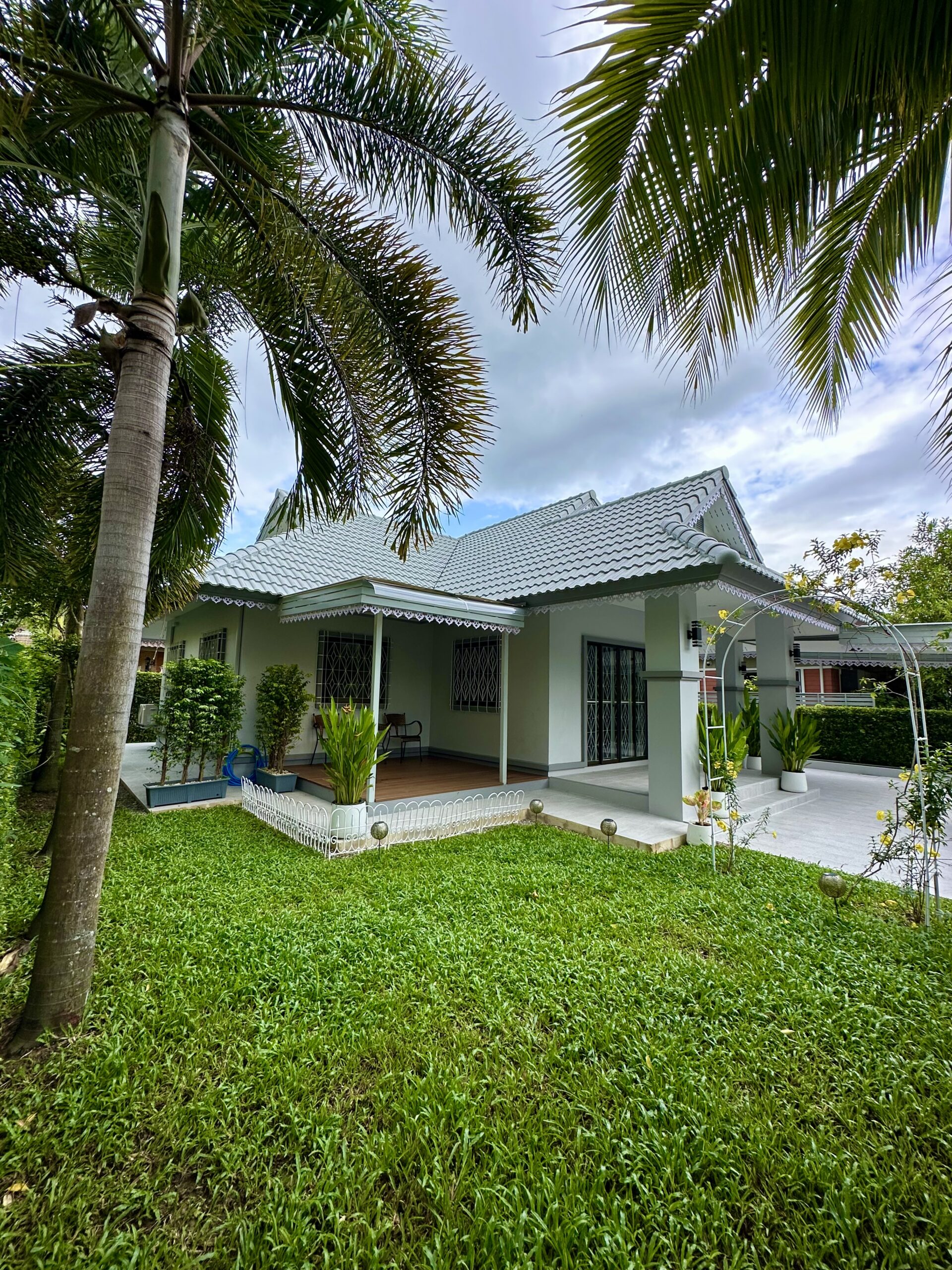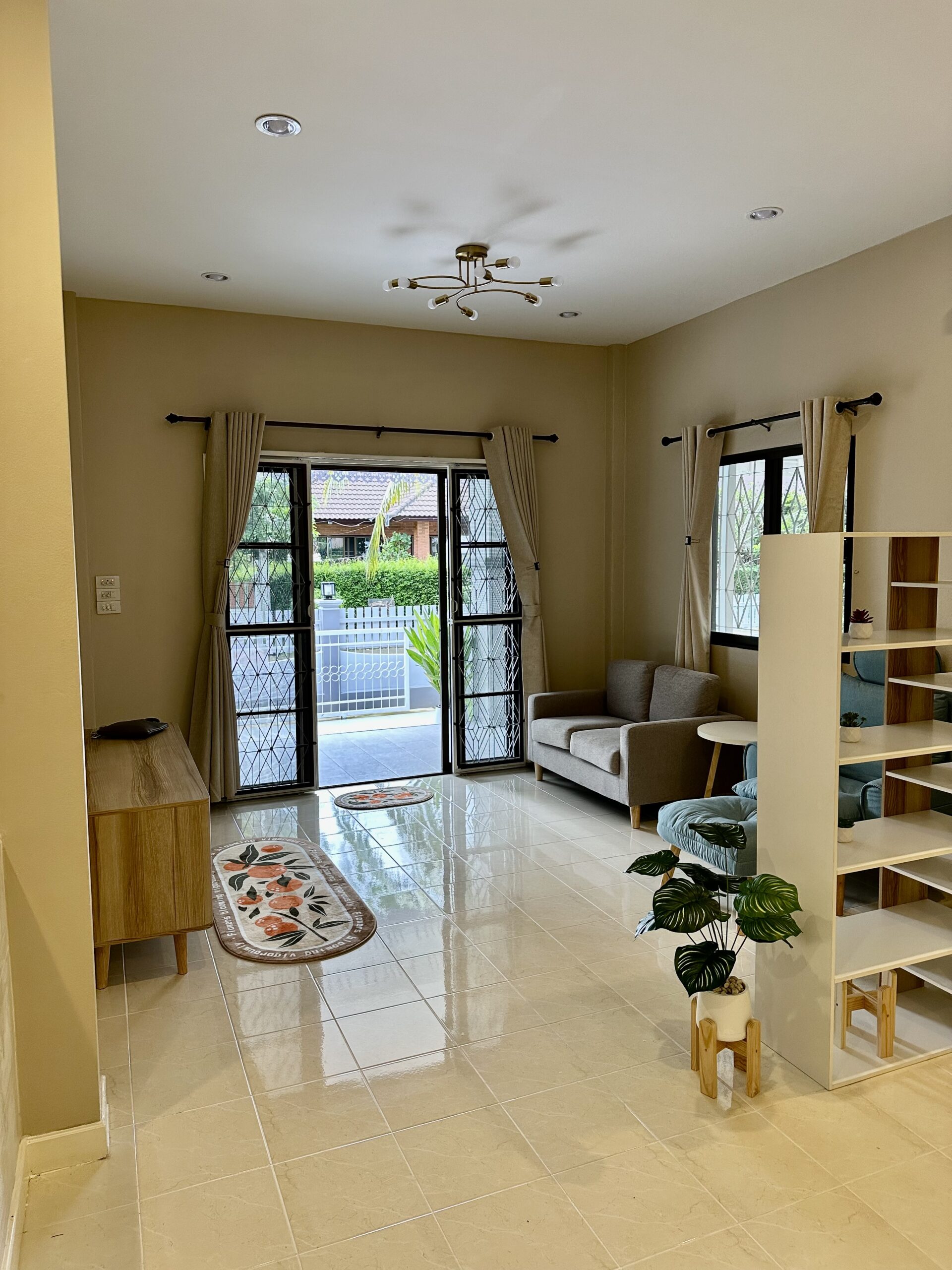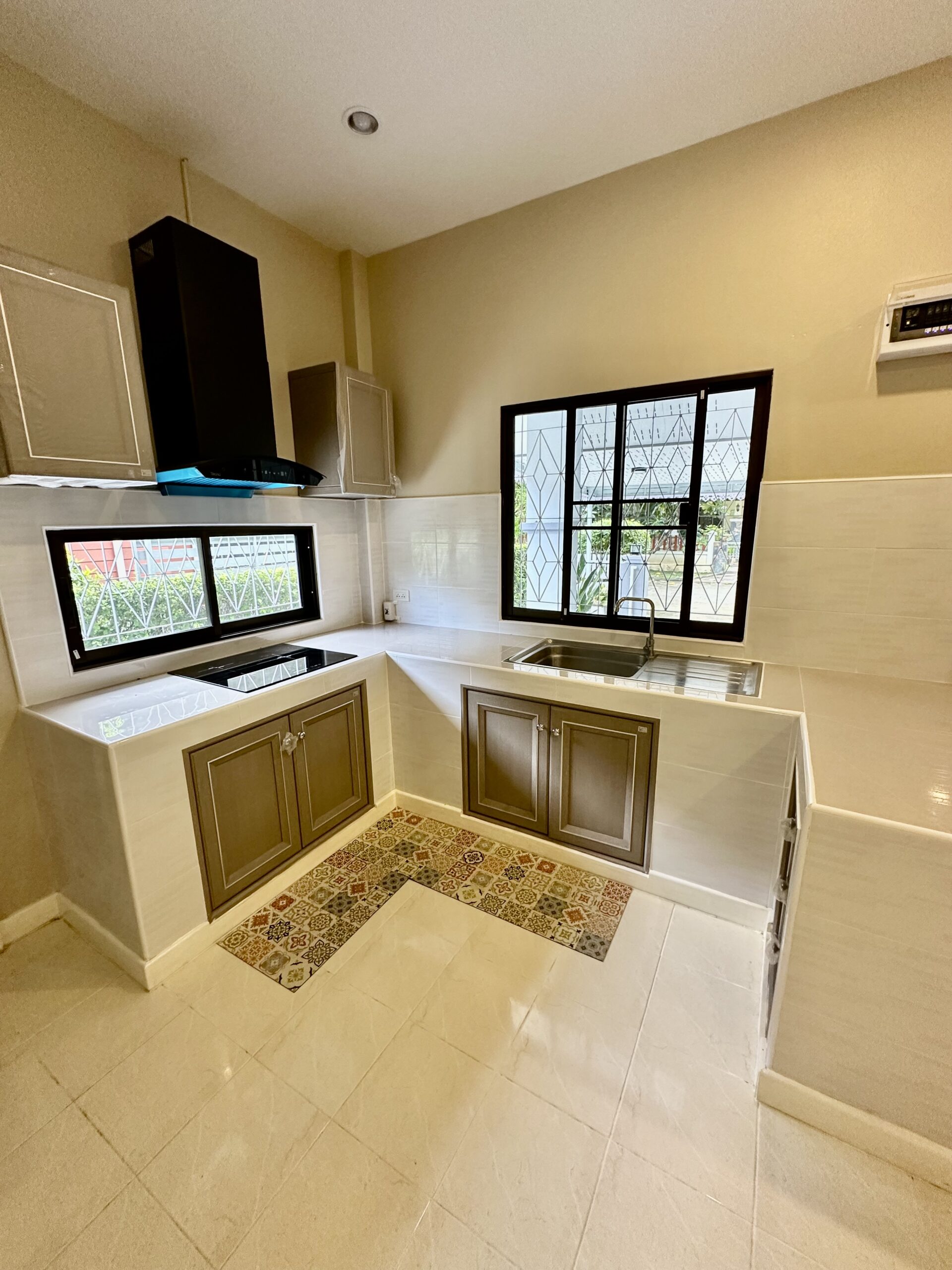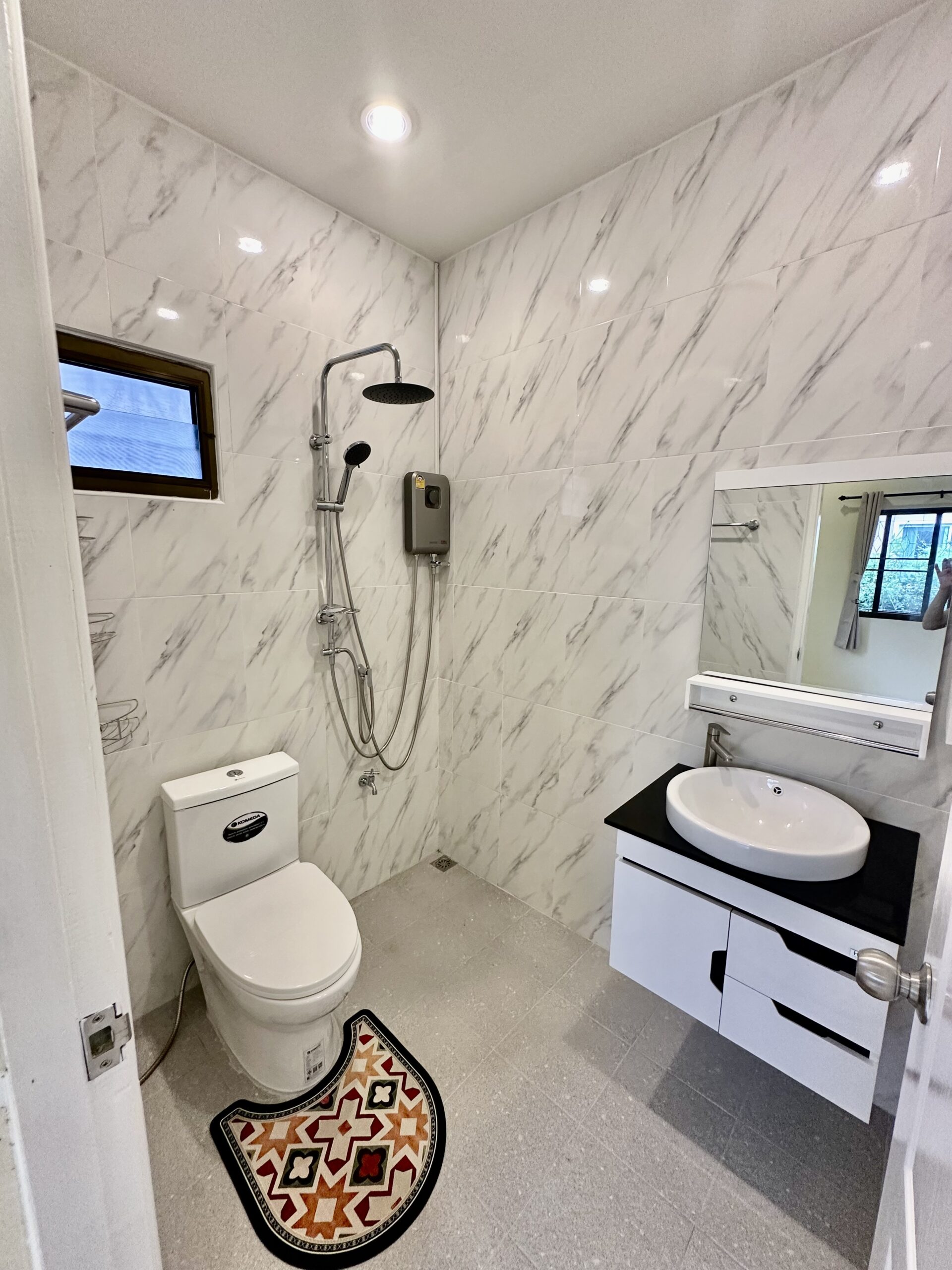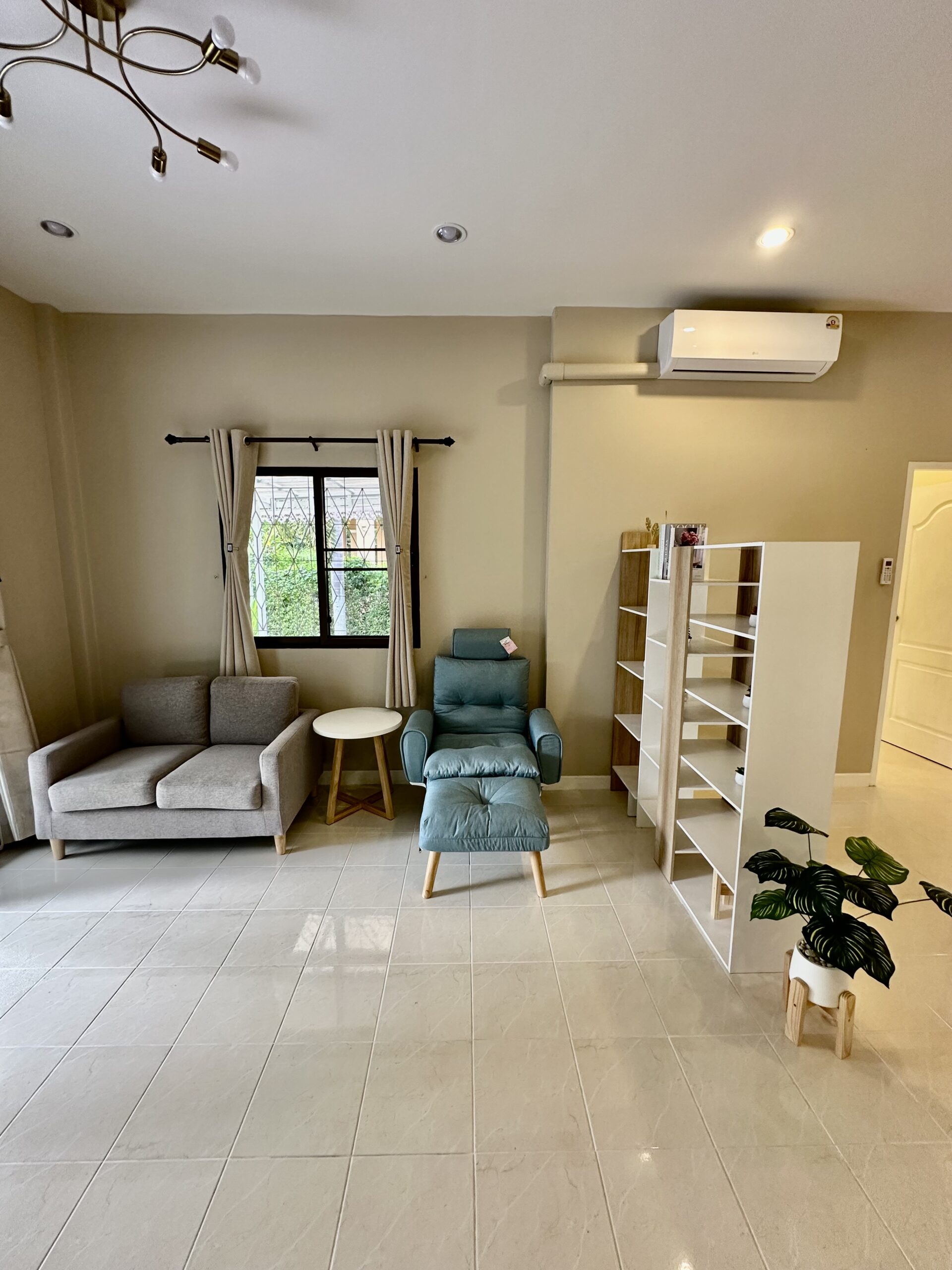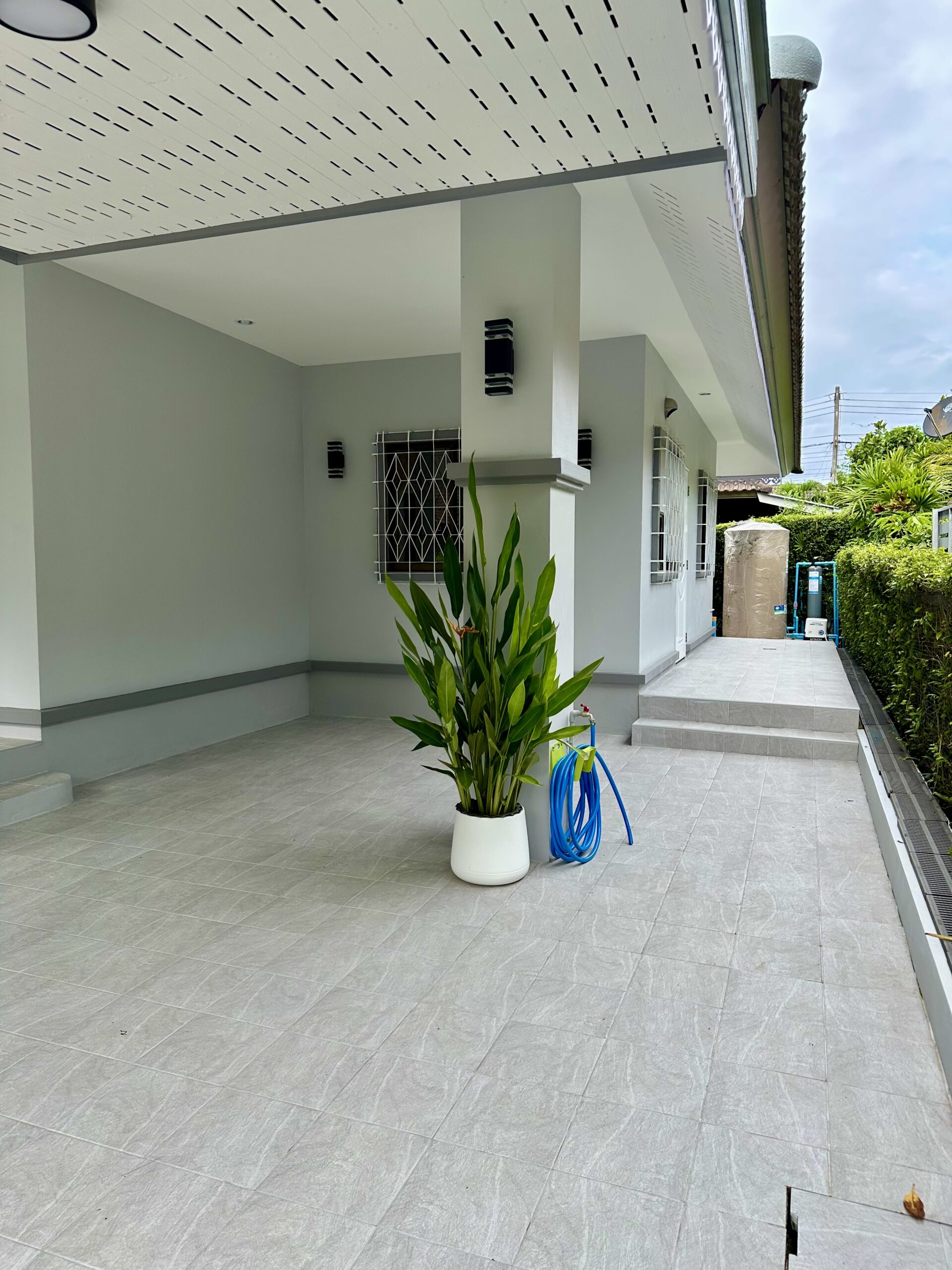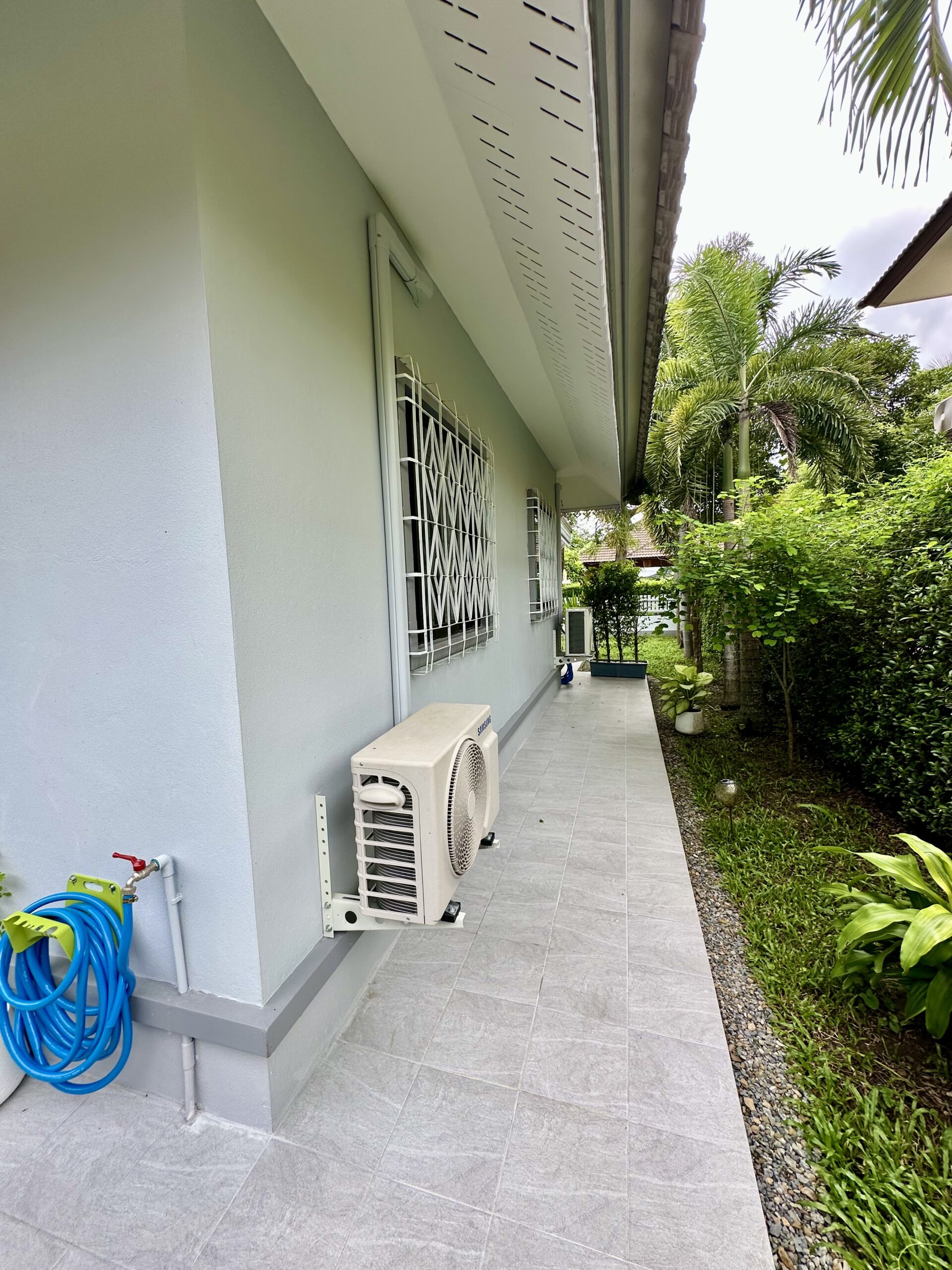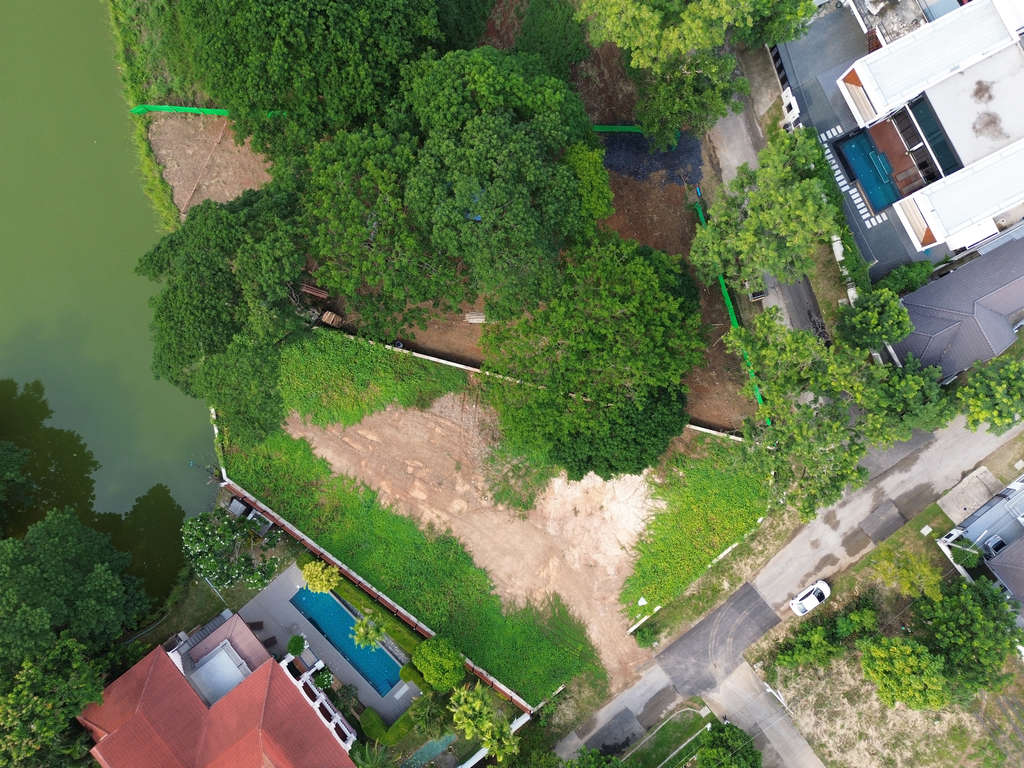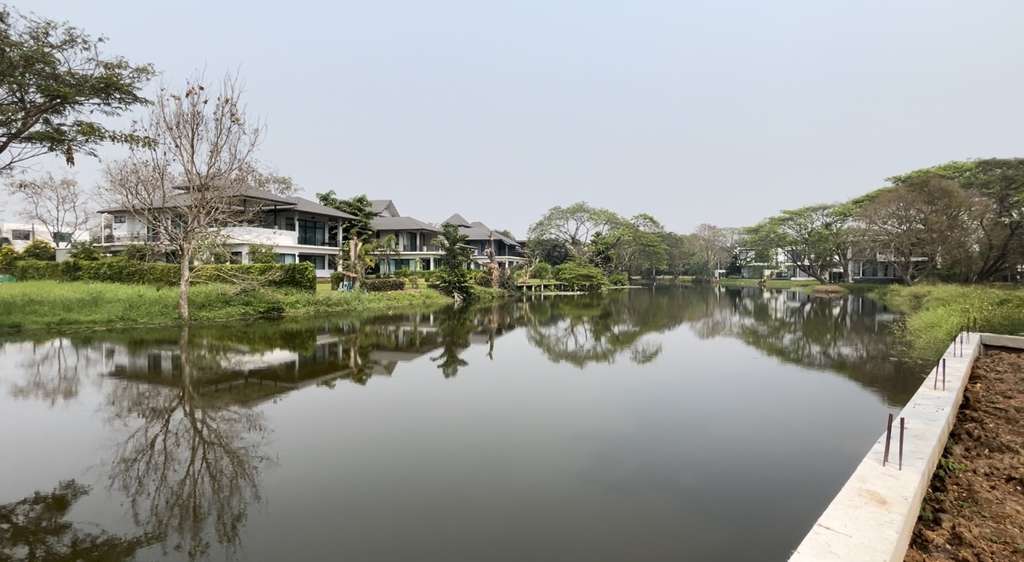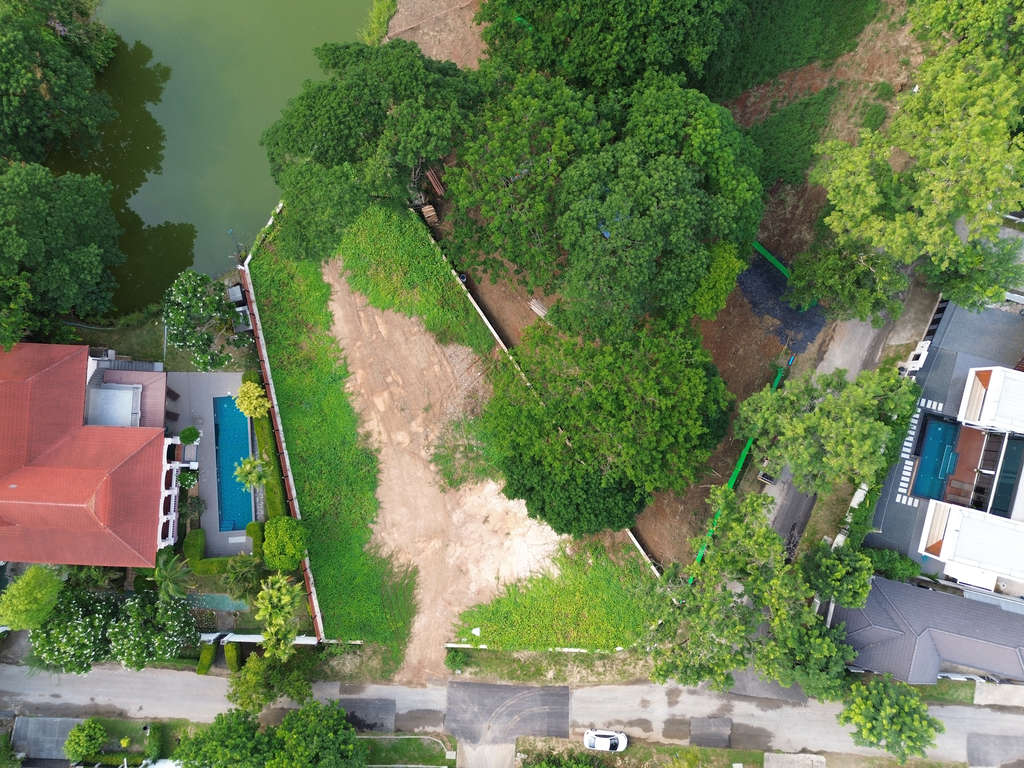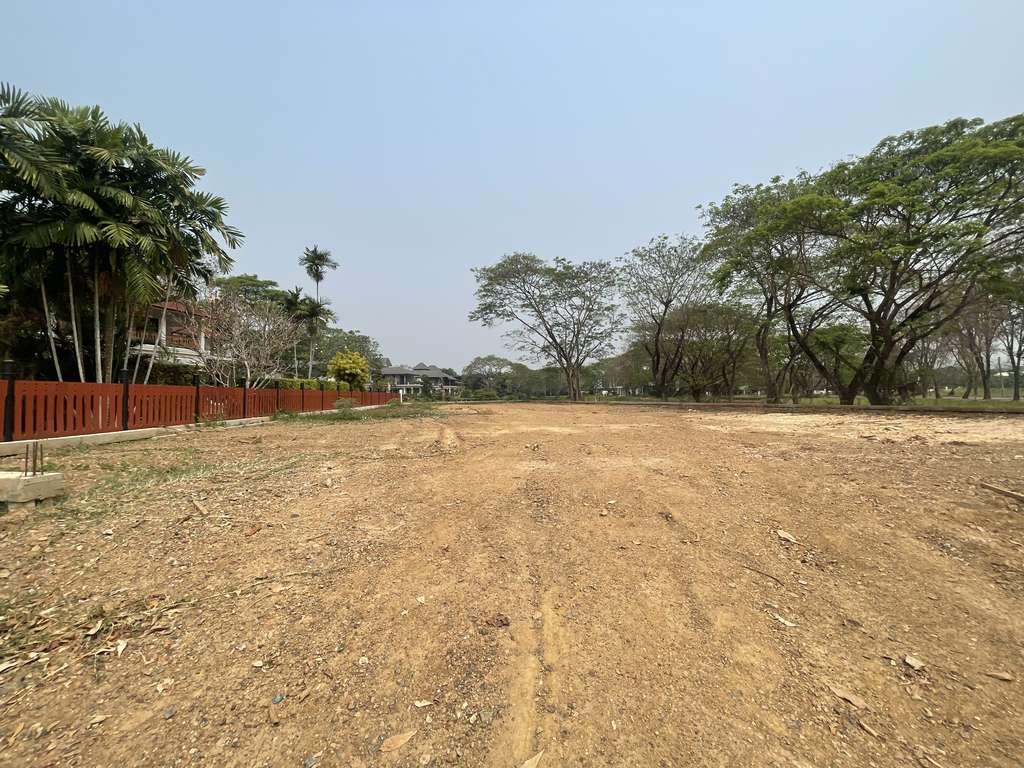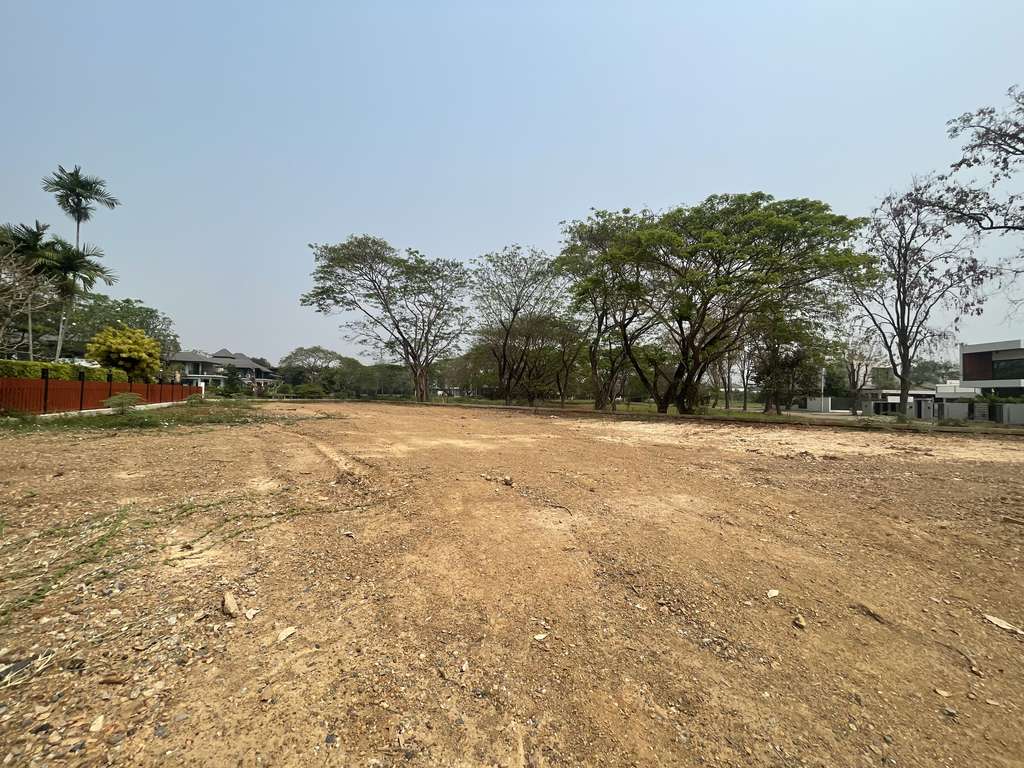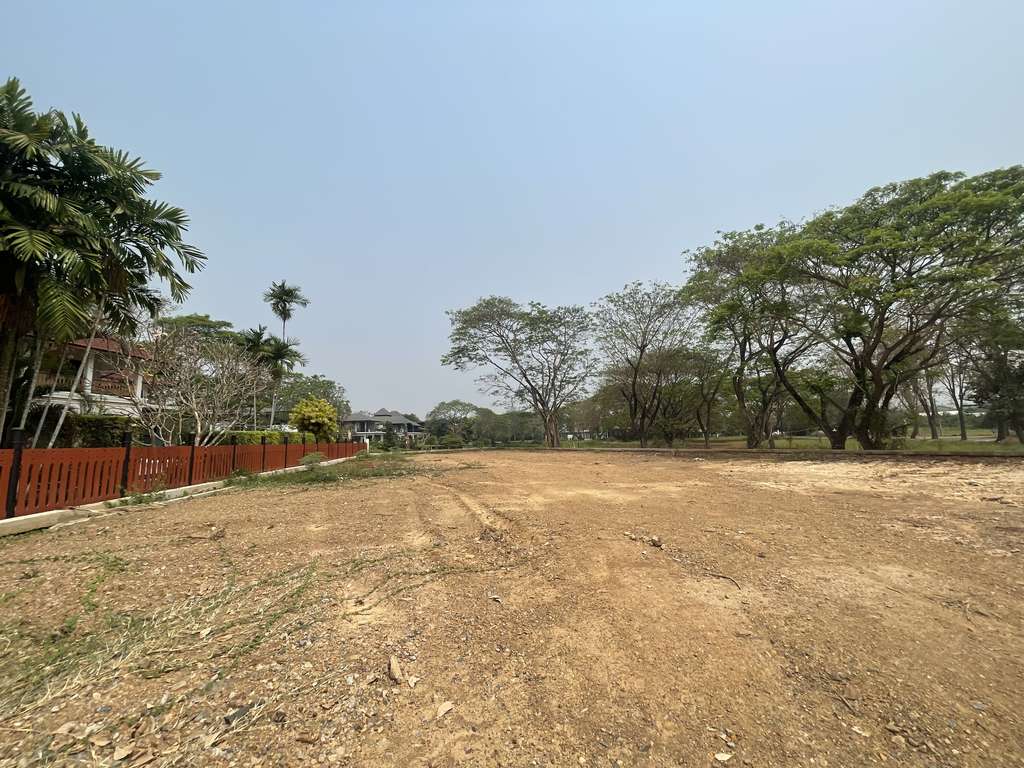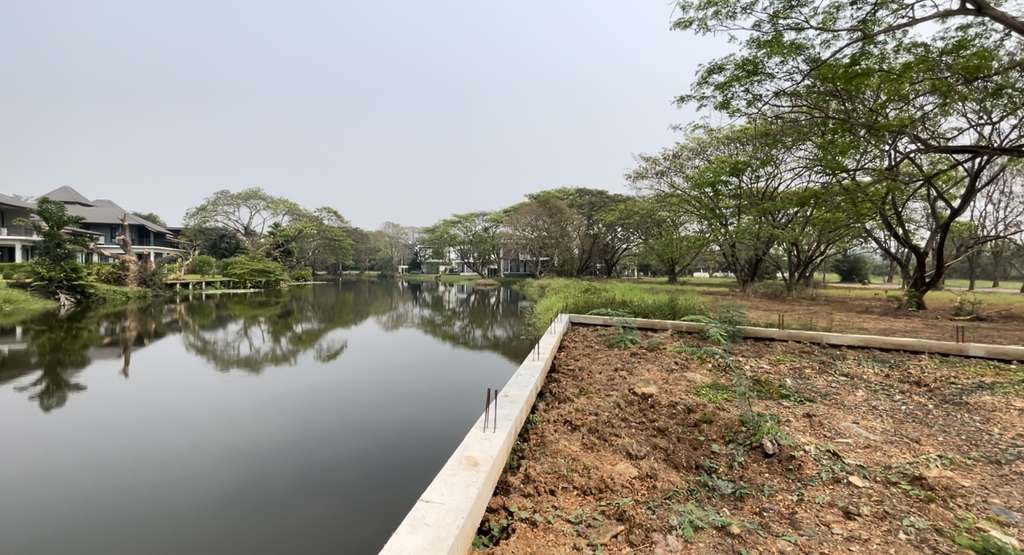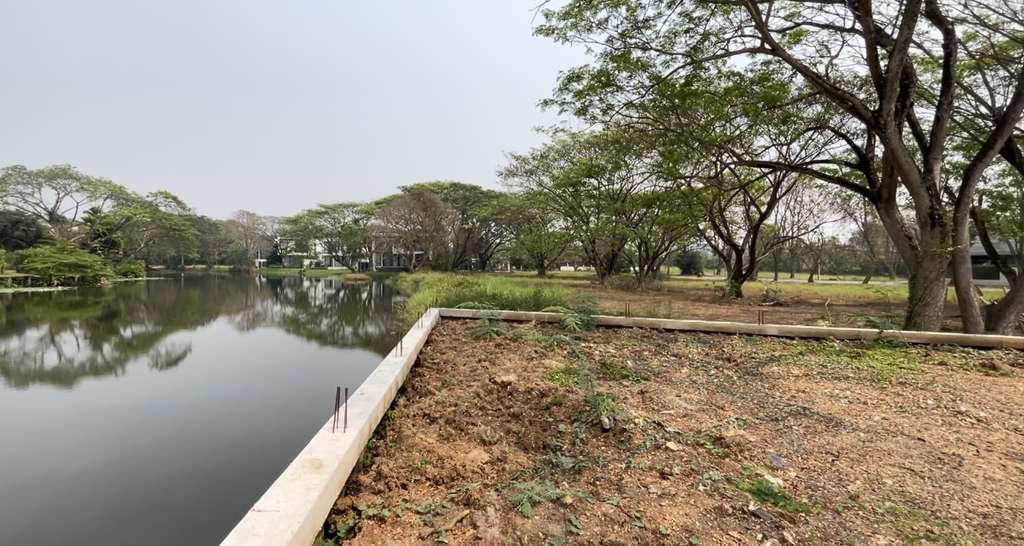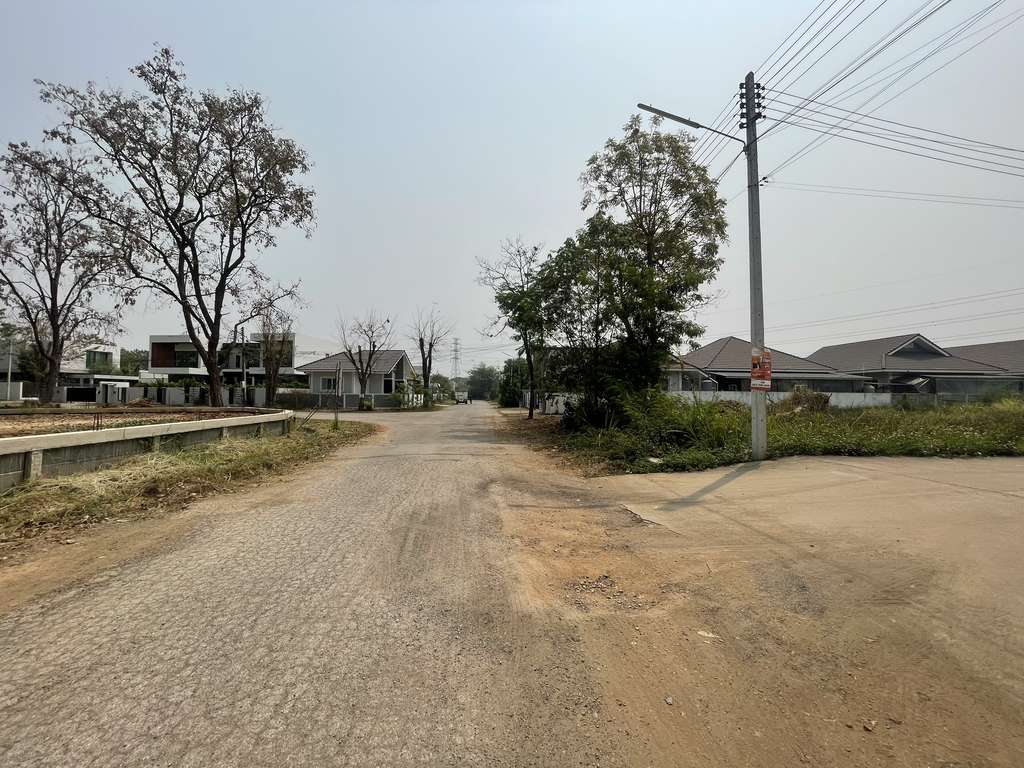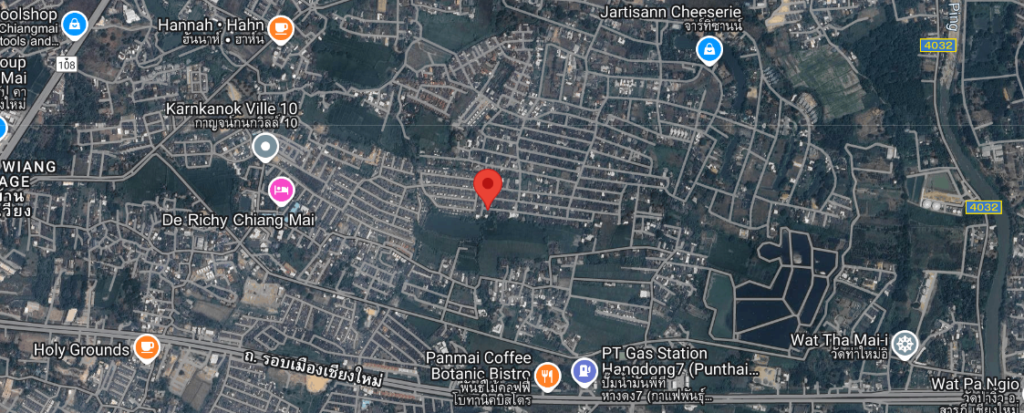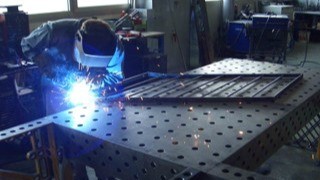
Effizienzsteigerung in einer traditionsreichen Fertigungsanlage in Tianjin, China: Wie wir OEE auf ein neues Level gehoben haben
In Zeiten, in denen Krisen wie die Corona-Pandemie, der Ukraine-Krieg oder die Energiepreisspirale den Alltag durcheinanderwirbeln, steht eines fest: Unternehmen müssen agil bleiben. Natürlich spielt dabei die Kontrolle von Kosten und Liquidität eine große Rolle – doch eine goldene „Low hanging fruit“ wird oft übersehen: der KPI OEE (Overall Equipment Effectiveness).
Wir standen vor der kniffligen Aufgabe, die OEE in einer altgedienten italienischen Produktionsanlage in Tianjin zu verbessern – und ja, das war eine echte Herausforderung! In einer in die Jahre gekommenen Fabrik kämpfen Interim Manager mit einer Fülle von Problemen, sei es die Verfügbarkeit der Maschinen, die Leistungsrate oder die Qualitätsrate. Doch wer uns kennt, weiß: Herausforderungen sind unser Ding! Und genau hier zeigt sich, warum Interim Manager wahre “Change Champions” sind. Mit ihrer Unabhängigkeit von internen Firmenpolitikern und ihrer geballten Erfahrung bringen sie den frischen Wind, den solche Situationen brauchen.
Warum gerade Interim Manager? Sie haben keinen Ballast, keine “Karriereleiter” im Hinterkopf und sind nur einer Sache verpflichtet: Der Aufgabe! Und das macht sie zum perfekten Sparringspartner für Transformationen, bei denen Emotionen und Unternehmenspolitik oft die Hauptrolle spielen. Kombiniert man diese Unabhängigkeit mit aktuellem Fachwissen, viel Erfahrung und einem sensiblen Umgang mit der Unternehmenskultur, dann wird aus einem Interim Manager der Gamechanger für solche Projekte.
Unser Team hat bei dieser Herausforderung tief in die Trickkiste gegriffen und die Effizienz auf der Produktionsfläche durch verschiedene Maßnahmen sprunghaft gesteigert:
- Maschinen unter die Lupe genommen: Eine gründliche Analyse der gesamten Ausrüstung war der erste Schritt. Wir haben Ineffizienzen aufgedeckt und gezielt eingegriffen.
- Lean-Prinzipien eingeführt: Mit Lean-Methoden haben wir Abfälle reduziert und die Prozesse auf Effizienz getrimmt.
- Mitarbeiter fit gemacht: Durch gezielte Schulungen und Training haben wir das Team auf den neuesten Stand gebracht – technologisch und methodisch.
Unsere Erfolgsstrategie – Schritt für Schritt Zunächst haben wir die Verluste identifiziert, indem wir die aktuelle Maschinenleistung mit den Herstellerdaten verglichen. Klingt simpel, aber das war die Grundlage, um loszulegen! Mit einer cleveren Pareto-Analyse und einem ausgeklügelten Maßnahmenplan haben wir uns Stück für Stück vorgearbeitet:
- Wir haben die größten „Verlustbringer“ identifiziert – angefangen bei den Geräten, die am meisten Potential verschenkten.
- Menschliche Fehler als Ursache? Durch detaillierte Prozessanalysen konnten wir diese ausschließen.
- Wir haben sichergestellt, dass die Rohstoffbedingungen den Anforderungen der Maschinen entsprechen.
- Ein synchronisierter Wartungs- und Verbesserungsplan sorgte für kontinuierliche Optimierungen.
Die Ergebnisse lassen sich sehen!
- Verfügbarkeit: Durch eine Kombination aus Ursachenanalyse (RCA) und gezielten Maßnahmen (CAPA) haben wir die Maschinenverfügbarkeit von 84 % auf satte 92,5 % gesteigert.
- Leistungsrate: Kleinere Stillstände? Kein Problem mehr! Dank regelmäßiger Kontrollen der Maschinen und Teile konnten wir die Produktivität um 38 % steigern – von 9,36 auf 12,86 Stück pro Bediener und Tag!
- Durchlaufzeit: Bei der Generatorlinie halbierte sich die Durchlaufzeit von 12,2 Tagen auf nur noch 6,1 Tage – ein riesiger Fortschritt!
Und das Beste? Die Qualität schoss förmlich durch die Decke:
- Kundenausfälle bei Generatoren: Von 4.261 auf 0 – ein unglaublicher Erfolg!
- Fehlerquote bei Steuerungen: Von 1.657 auf 0 reduziert.
- Interne Fehlerquote: Um beeindruckende 86 % gesenkt – von 117.845 auf 16.413 Fehler.
- Ausschusskosten: Von monatlichen 704.000 RMB auf nur noch 13.000 RMB – das sind 97 % weniger!
Dank dieser Verbesserungen erhielten wir nicht nur mehr Aufträge, sondern konnten sogar eine dritte Schicht installieren – ein echter Meilenstein für Umsatz und Gewinn!
Experts in the Automotive Industry Asia
You need one, but don`t want to hire one permanently?
Our solution: To rent our experts
- On pay-to-use basis
- Completely flexible
- Contract can be cancelled any time
Clearly represented reports and dashboards inclusive!

